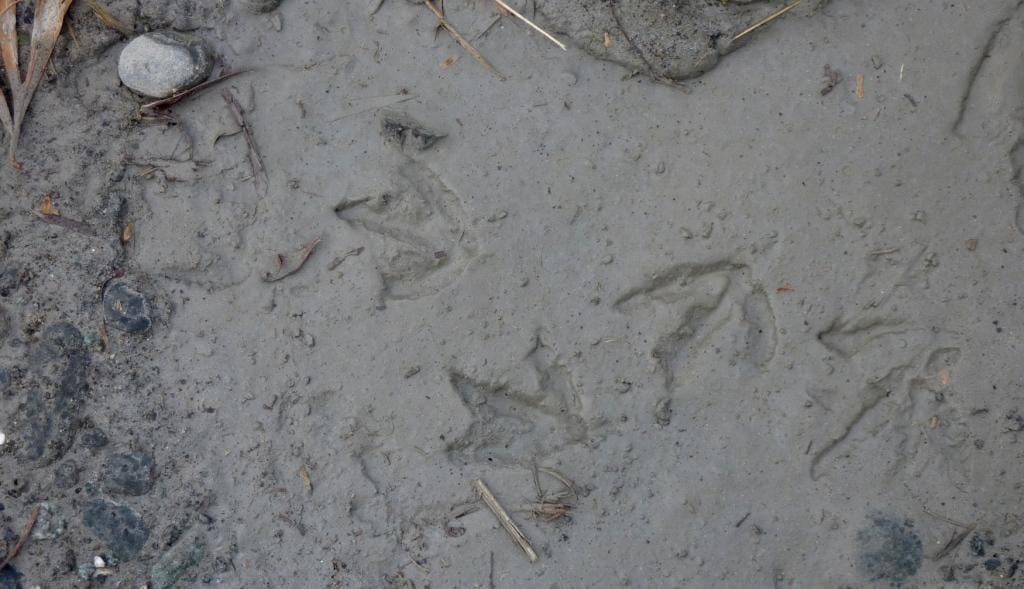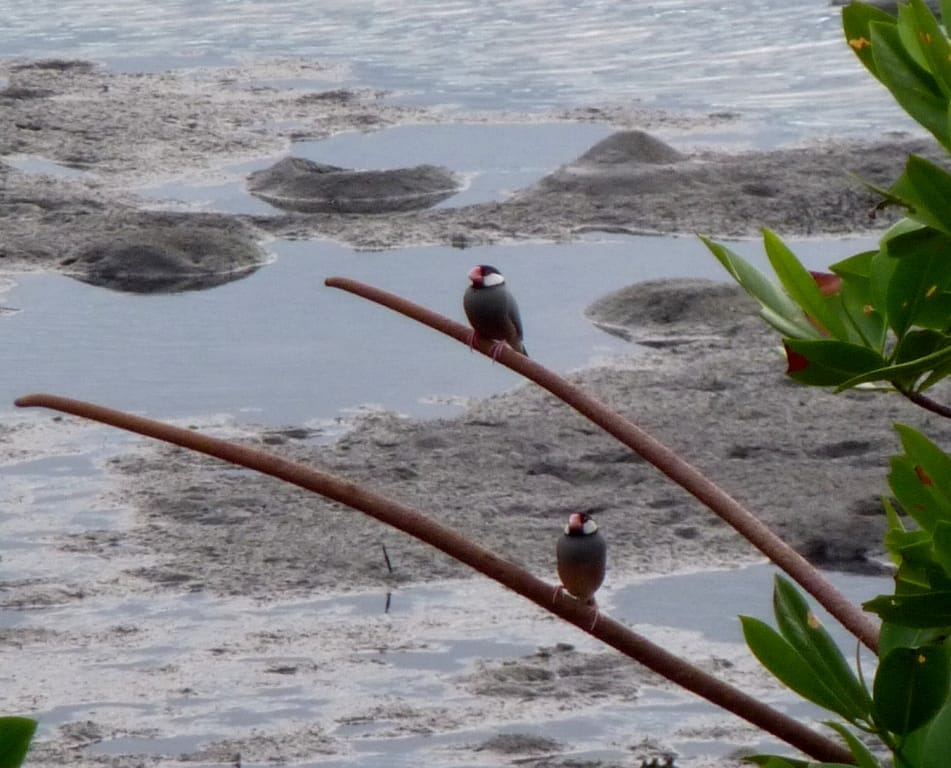Cecil Morella looks at the brighter side of having a coal-fired power plant in Masinloc Bay, Zambales
THE ASH-POND DUCKS OF MASINLOC
Text and photos by Cecil Morella
Ternel Telesforo found them first and excitedly waved at us to share the exciting discovery: pairs of webbed feet imprints, frozen in time on the drying cement-grey puddles while in the act of crossing the dirt road. We found the presumed owners on the stagnant pond behind the tall grass about 200 metres away, all 200-plus of them, a breeding population of wild Philippine Ducks, possibly among only 5,000 or so left on earth.
The endangered ducks, one of nearly 200 or so bird species that are found only in the Philippines, were easily the highlight of a two-day birding survey conducted by a 10-member team from the Wild Bird Club of the Philippines on November 26-27, 2011 on the 2 x 330-megawatt AES coal-fired power generating plant that sits on the northern edge of Masinloc Bay in the province of Zambales. The club was given access for the first time to explore the 137-hectare power plant compound, as well as to inspect the bird life of two tiny, uninhabited mangrove islands at the mouth of the bay.
In the normal scheme of things of conservationists and environmentalists tend to regard coal plants as the ultimate bad guys, being among the biggest producers of supposedly climate-altering greenhouse gases as well as acid rain. So it comes as a bit of ironic that these facilities, dominated by massive and sinister-looking chimneys and mountains of black coal, should offer what are arguably the safest refuges possible for wild birds and specifically Philippine Ducks, which, like many other birds, are being rapidly hunted and eaten to extinction everywhere else in the country.
Power plants, especially the baseload ones like Masinloc which was built 13 years ago, are huge things that occupy a lot of space, and being made of expensive stuff, are also among the most heavily guarded in the country. This makes them no-go zones for even the most heavily armed of poachers. You just don’t argue with platoons of security guards armed with assault rifles.
Coal-fired plants, because of their nature, also offer the most varied habitats under their protection. Since sea water is an integral part of their cooling systems, they are usually located along the coasts and can thus safeguard and even propagate mangrove forests, another fast-vanishing entity in the Philippines. An uncommon Slaty-breasted Rail, a migrant Whimbrel, and, quite surprisingly, two Java Sparrows on the shore were among a remarkable 52 bird species that the survey found during the visit to the plant. And because power plant operators are required to grow a forest surrounding their waste disposal facilities, these create sheltered habitats as well as food sources for feathered creatures.
Bani Point, the property’s highest section was the chosen site for the power plant’s 80-hectare ash pond, where the generating plant’s refuse from its 5,000 tonnes per day coal burning is dumped. Bright-capped Cisticolas, White-throated Kingfishers, Large-billed Crows, Black-naped Orioles, Olive-backed Sunbirds, and large numbers of doves and some pigeons — Red Turtle-doves, Zebra Doves, and Pompadour Green Pigeons, as well as Blue-tailed Bee-eaters and rails also thrive alongside the Philippine Ducks.
The ash pond is fed by a spring that, along with accumulated rain water, ensures there is water for the ducks between the start of the rainy season and until about December. This provides an ideal place for breeding. Plant staff said the ducks lay their eggs beneath the tall grass and migrate to the nearby Lawis River, just beyond the power plant’s territorial fence, in the dry season.
The plant does produce a lot of ash — about 10 percent of the fuel, according to plant officials. The fly ash portion is raw material for cement production, and is sold off swiftly, but the other ash, which is good for making cinder blocks, accumulates fast. The original plan had been to cover the pond with the refuse, but better counsel prevailed and the duck habitat won a stay of execution.
The visit to the mangrove islands of Yaha and Matalbi (now called San Salvador) coincided with the high tide, so the birding there was limited, although the team, led by club president Anna Gonzales, still managed to identify 20 species. A solitary male Osprey, perched on a pole jutting out of the water, was the highlight of the boat trip.





